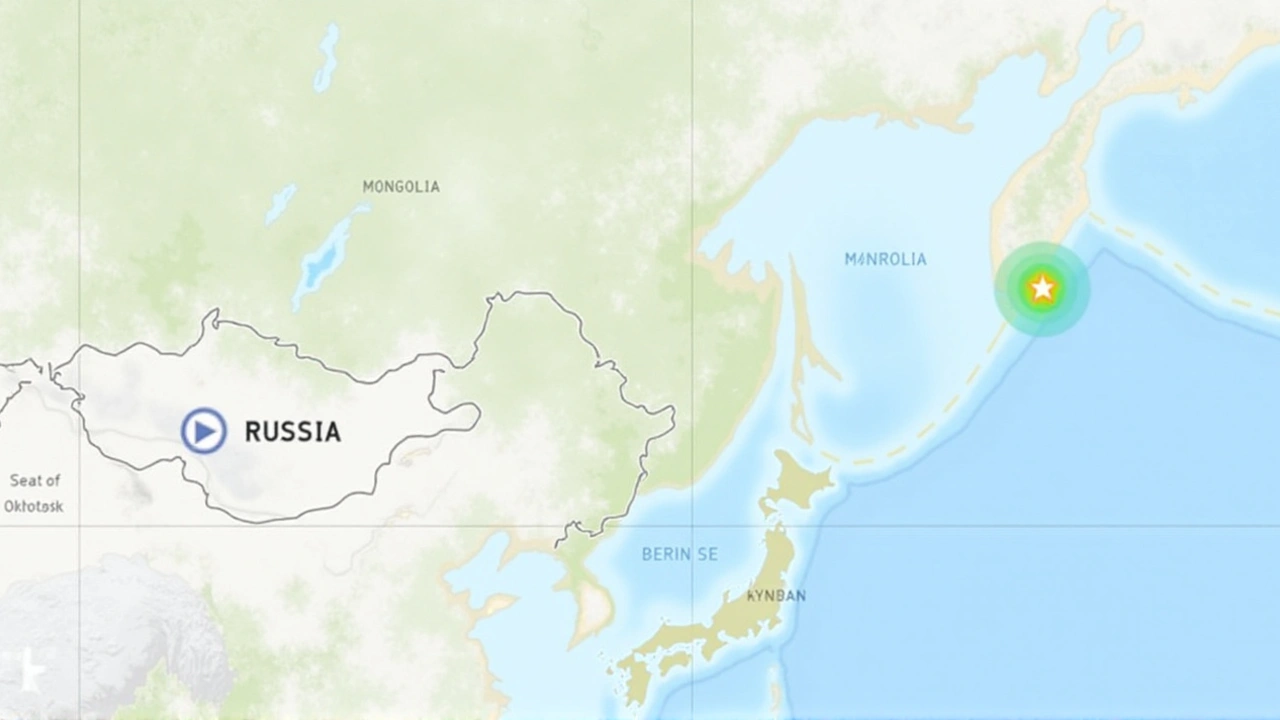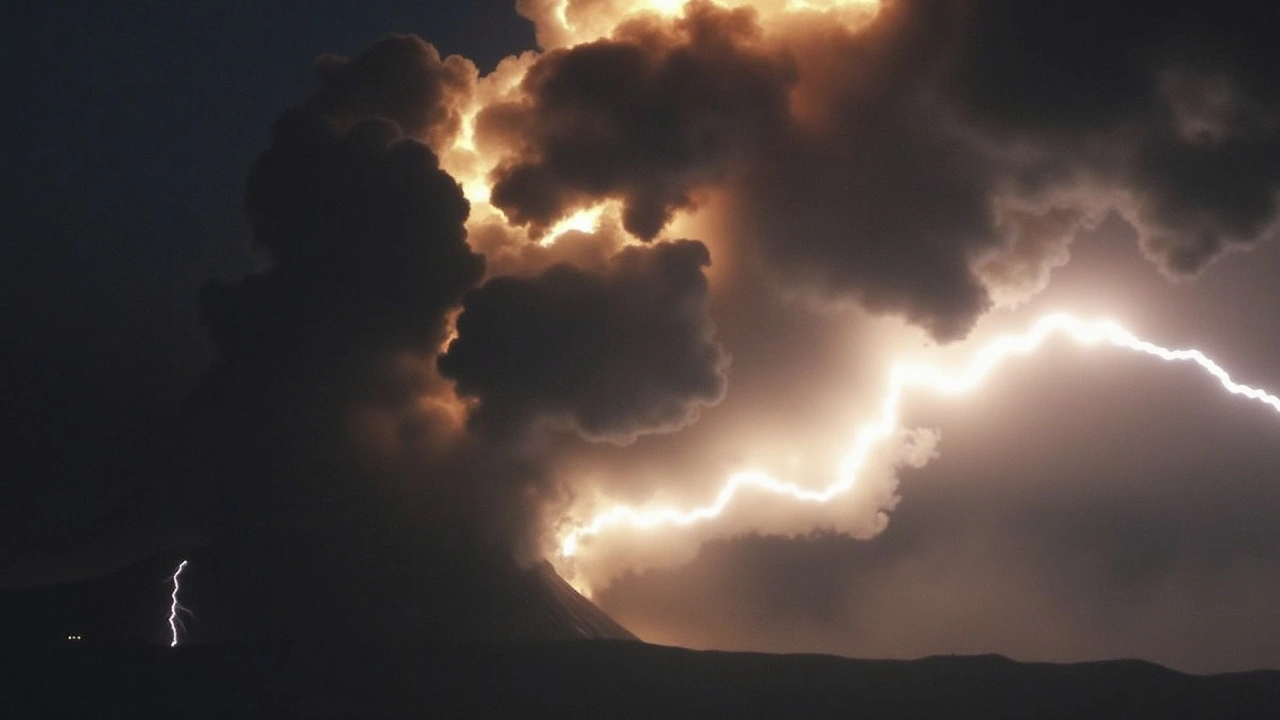Powerful 7.0 Magnitude Earthquake Rattles Kamchatka Peninsula; Klyuchevskaya Sopka Volcano Erupts

Devastating Earthquake Hits Russia’s Kamchatka Peninsula
On August 18, 2024, a powerful earthquake registering at magnitude 7.0 shook the Kamchatka Peninsula in Russia. The seismic event initiated a series of calamities, starting with widespread devastation in the region. The quake's epicenter was near the town of Klyuchi, compelling authorities to initiate emergency evacuations to safeguard lives. Despite the extensive damage, there have been no fatalities reported so far. Nonetheless, several buildings in the area were reduced to rubble while essential infrastructure such as power lines suffered severe damage, plunging many residents into darkness.

Volcanic Activity Triggered by the Quake
In a dramatic turn of events, the earthquake was followed closely by the eruption of the Klyuchevskaya Sopka volcano. Known to be one of the most active volcanoes in the region, Klyuchevskaya Sopka had been exhibiting heightened seismic activity in recent days, leading up to the eruption. Lava and volcanic ash spewed into the sky, creating a dramatic and ominous spectacle. The impact of the ash plumes is already being felt, with potential disruptions to air travel in and around the affected area, posing further complications for evacuations and relief efforts.

Timely Emergency Response
Emergency responders have mobilized swiftly to address the crisis, working around the clock to restore essential services and provide aid to those affected. Evacuations were conducted efficiently, ensuring that residents could be moved to safety in a timely manner. Currently, efforts are underway to repair damaged power lines and restore electricity to the affected areas. The Russian government has also dispatched additional resources to bolster the relief operations, showcasing a strong commitment to mitigating the disaster's impact.
Emergency services in the region have activated their contingency plans to better handle the unfolding situation. These plans include detailed protocols for public safety, efficient distribution of relief materials, and ongoing monitoring of both seismic and volcanic activity to provide real-time updates and ensure preparedness for any further developments.
Challenges and Resilience
While the immediate response has been commendable, the region is bracing for potential long-term challenges. The destruction of buildings and the disruption of utilities will require significant effort and resources for rehabilitation. Moreover, the ongoing volcanic activity could pose a continued threat, not only to the local population but also to the environment and infrastructure in the broader region.
Nonetheless, the resilience and solidarity displayed by the local communities and emergency responders offer a glimmer of hope. Residents have come together, sharing resources and supporting each other through these challenging times. Efforts are being made to rebuild the affected areas, with an emphasis on constructing more resilient infrastructure capable of withstanding such natural calamities in the future.
Future Preparedness and Monitoring
This recent seismic event and subsequent volcanic eruption underscore the pressing need for enhanced monitoring and preparedness in regions prone to such natural disasters. Scientists and experts are advocating for more advanced seismic and volcanic monitoring systems to provide early warnings and reduce the impact of such events. Continuous research and investment in disaster resilience and risk reduction are essential to safeguard communities and minimize the adverse effects of future natural disasters.
In conclusion, as the region grapples with the aftermath of the earthquake and volcanic eruption, the collective efforts of emergency responders, government authorities, and local communities stand as a testament to human resilience. While challenges persist, the unwavering dedication to restoring normalcy and ensuring public safety remains the overarching priority. With ongoing support and concerted efforts, the affected areas will gradually recover and rebuild, emerging stronger and more resilient.
Write a comment